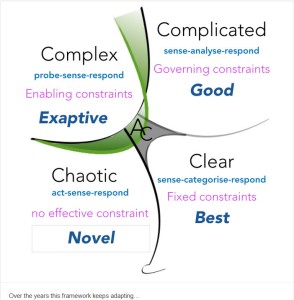
Reflecting on a rapidly changing business world.
The issue we must tackle today, is how we go about adapting to the changing world? One that will be able to take all the advantages of the changes all businesses are undergoing, how societies will be adjusting and responding. We are facing a time of unprecedented economic and social crisis but this is a time equally for seizing and sizing different opportunities.
We clearly need to find ways to navigate ourselves back into some (new) order; to stabilize the chaos we are in. What we first need to do is make sense of what is going on around us, we need to determine what actions to take and the level of action, resource and support each part needs. We are in a period of (great) change. How are we thinking about how to adjust, not just to the immediate challenges but the greater ones that are certainly heading our way.
Within business, the present crisis is offering a chance to make significant changes to how we operate in the future. I am not sure many of you feel the same, it seems disruption is in everything, in what we need to undertake, in what is coming towards us in change. We are challenged but we have ample signals to amplify and explore.
Disruption actually has a common purpose, often far less sinister than promoted or we suspect, it requires us to re-equip and open up, as we learn to deal in this changing world where connections can emerge from anywhere at any time, offering a new ‘line of sight’ onto an existing problem to begin to break down the barriers and find new fresh ways forward. Continue reading “Adjusting to a changing world”









